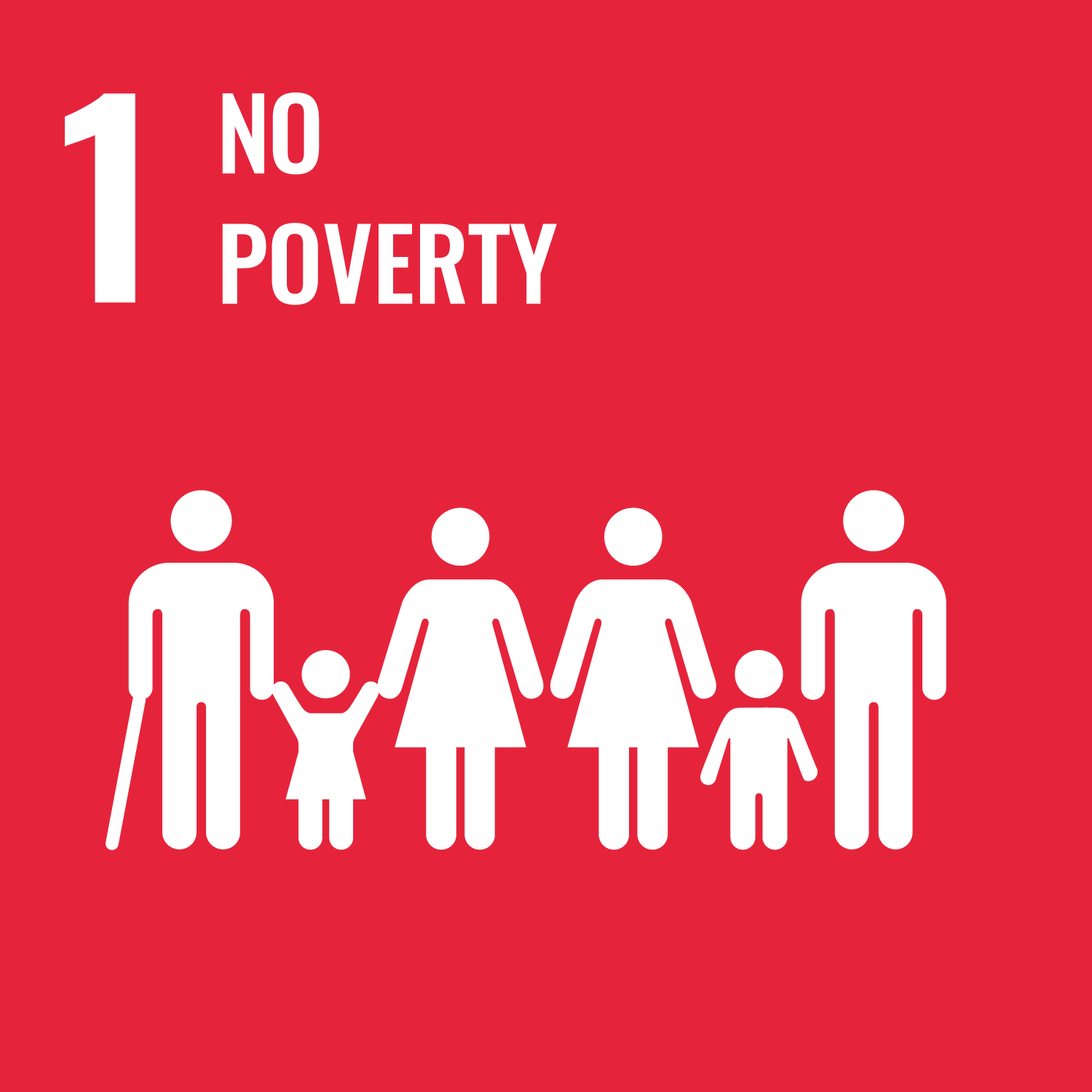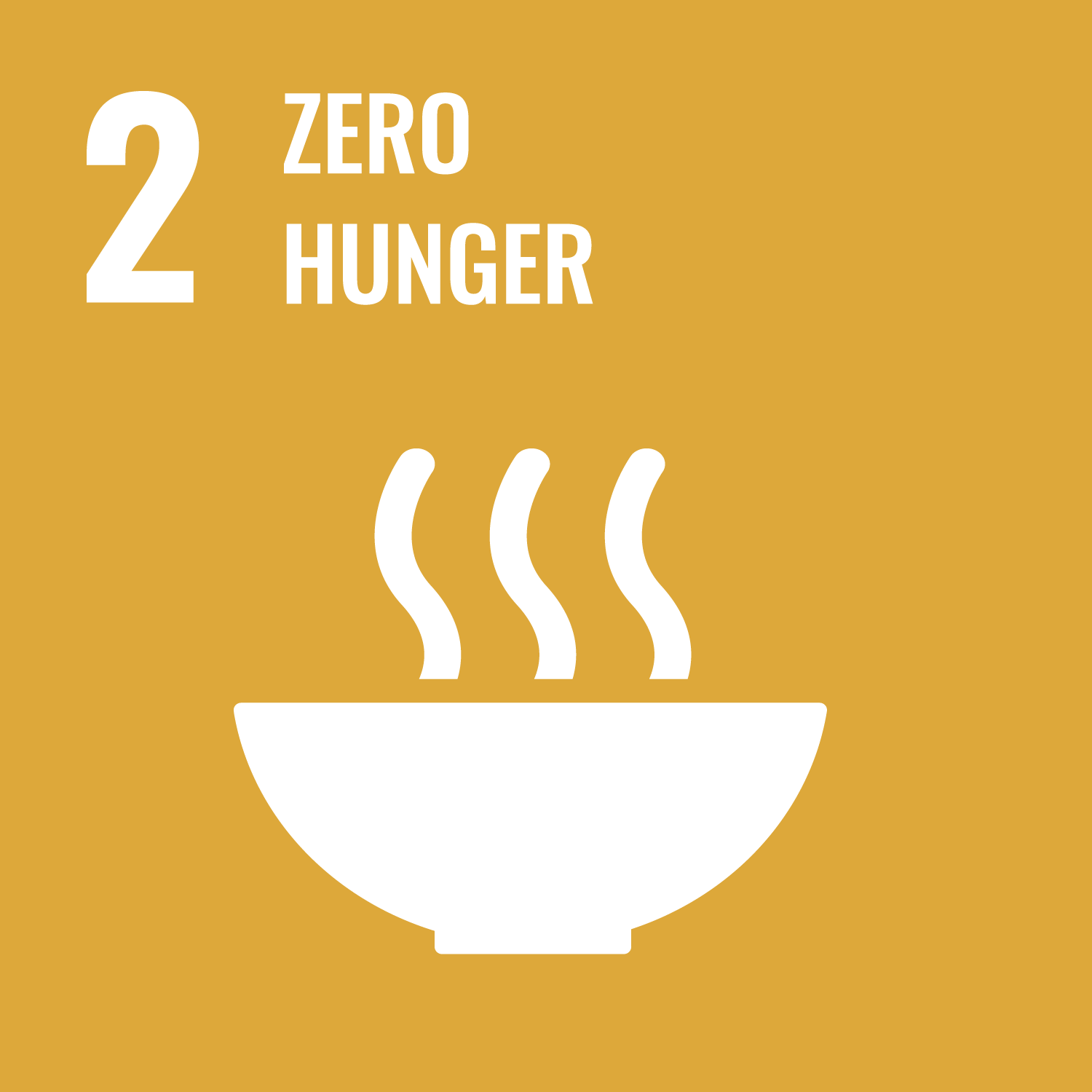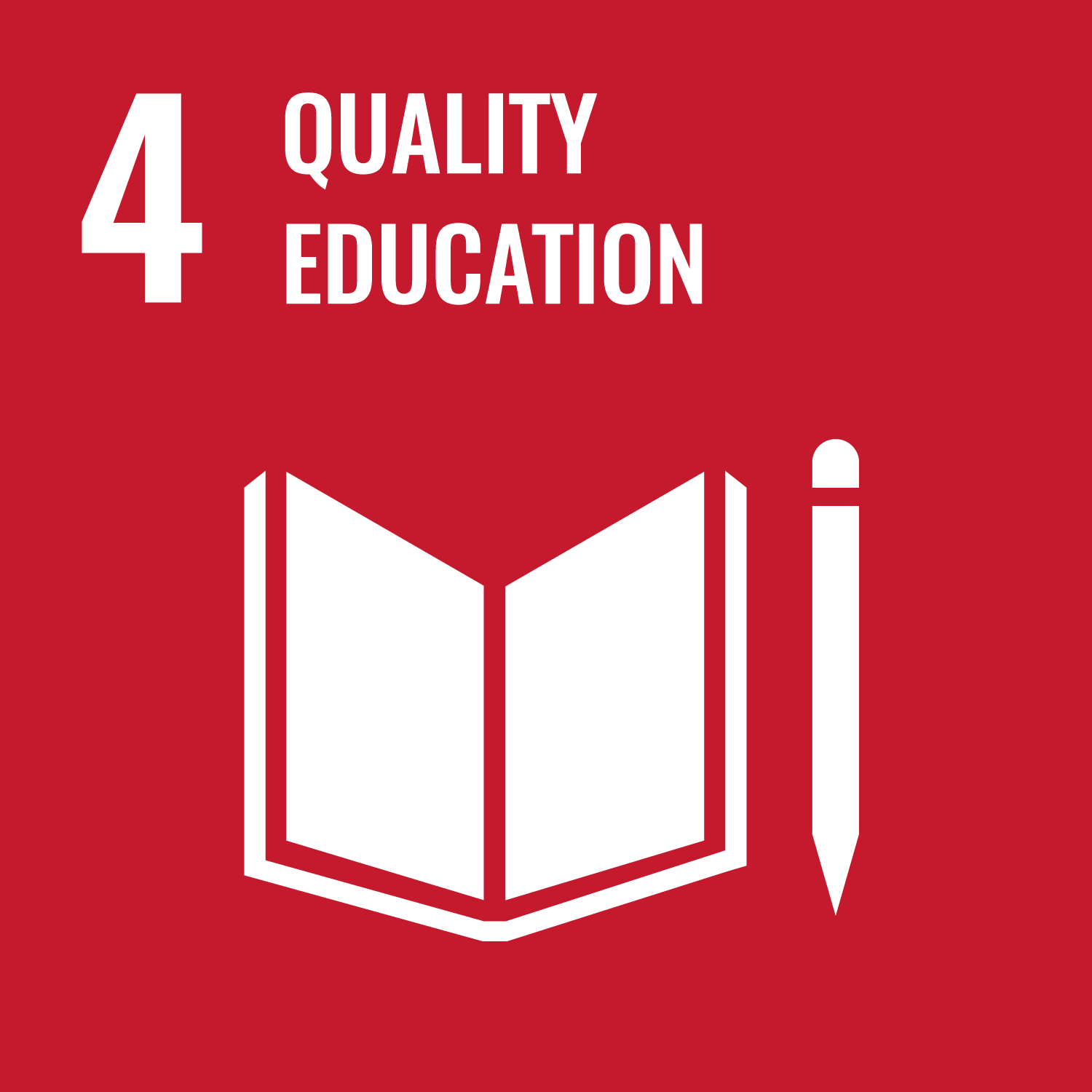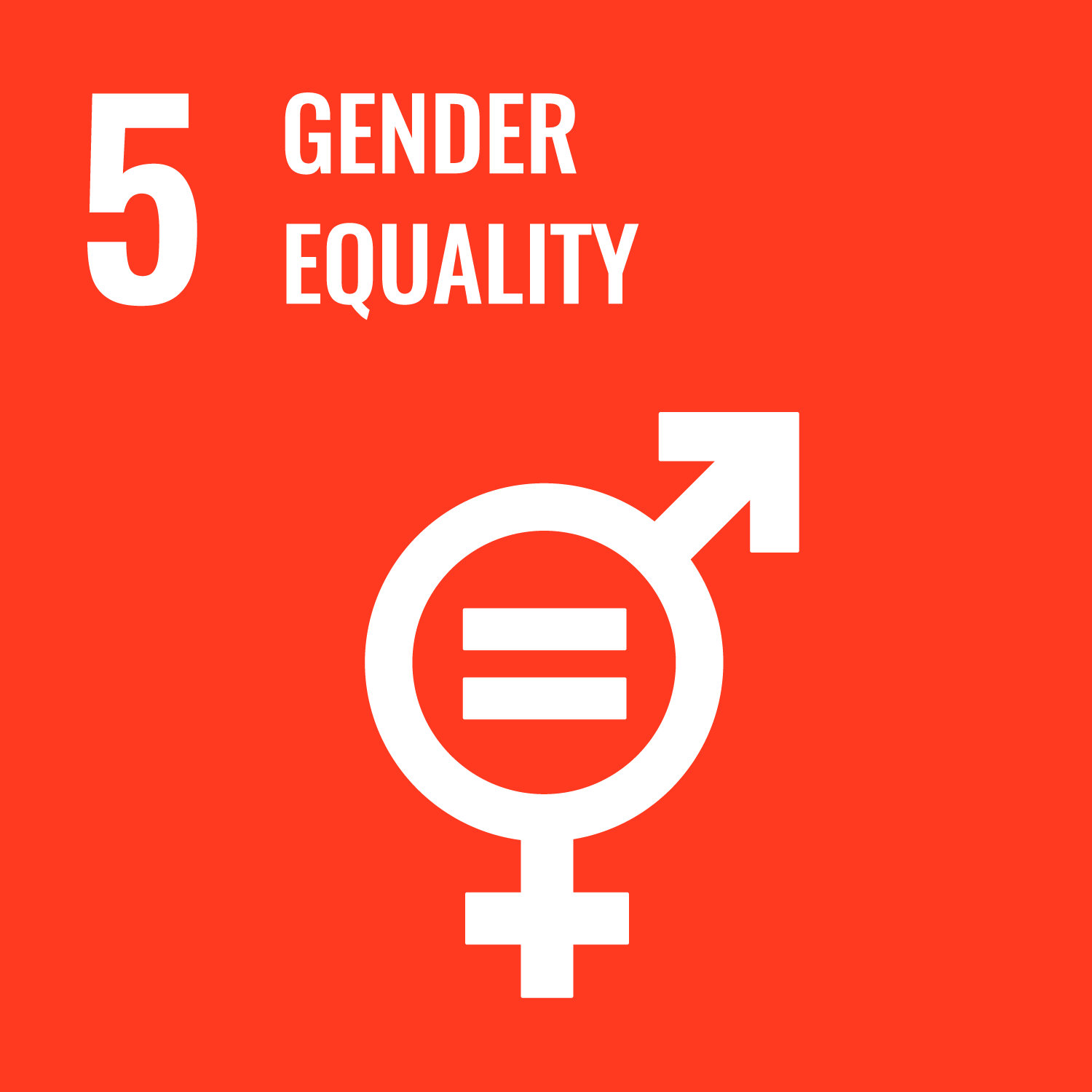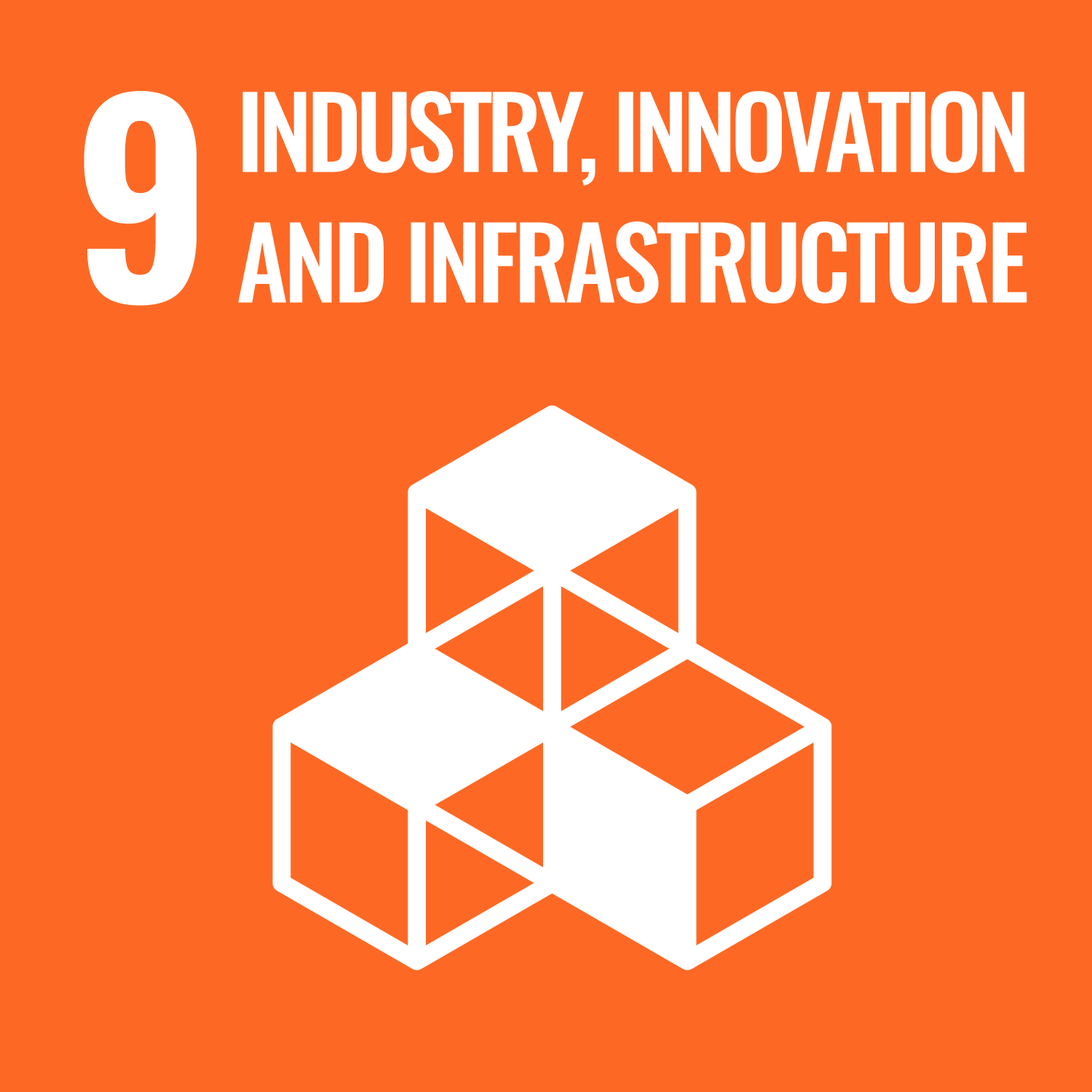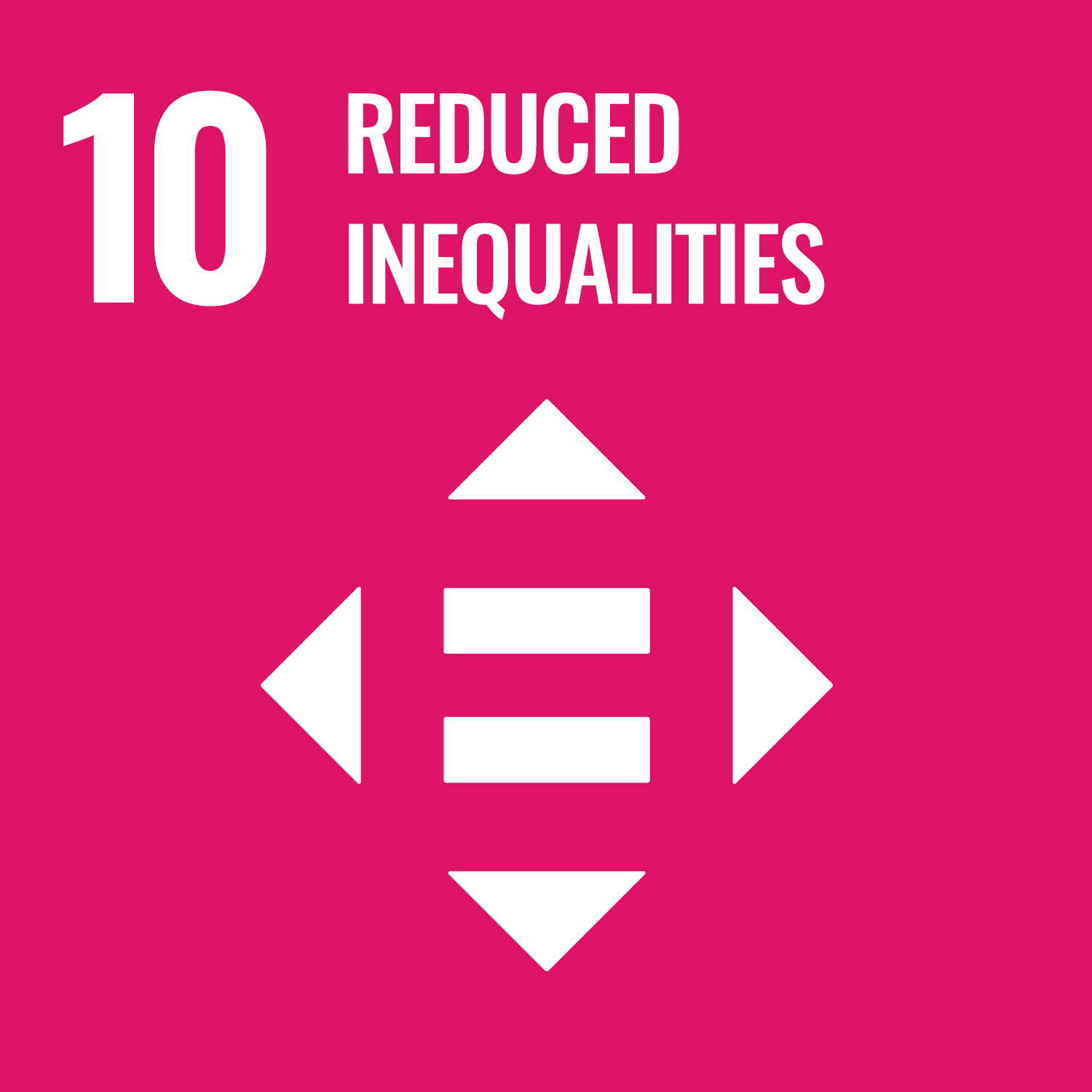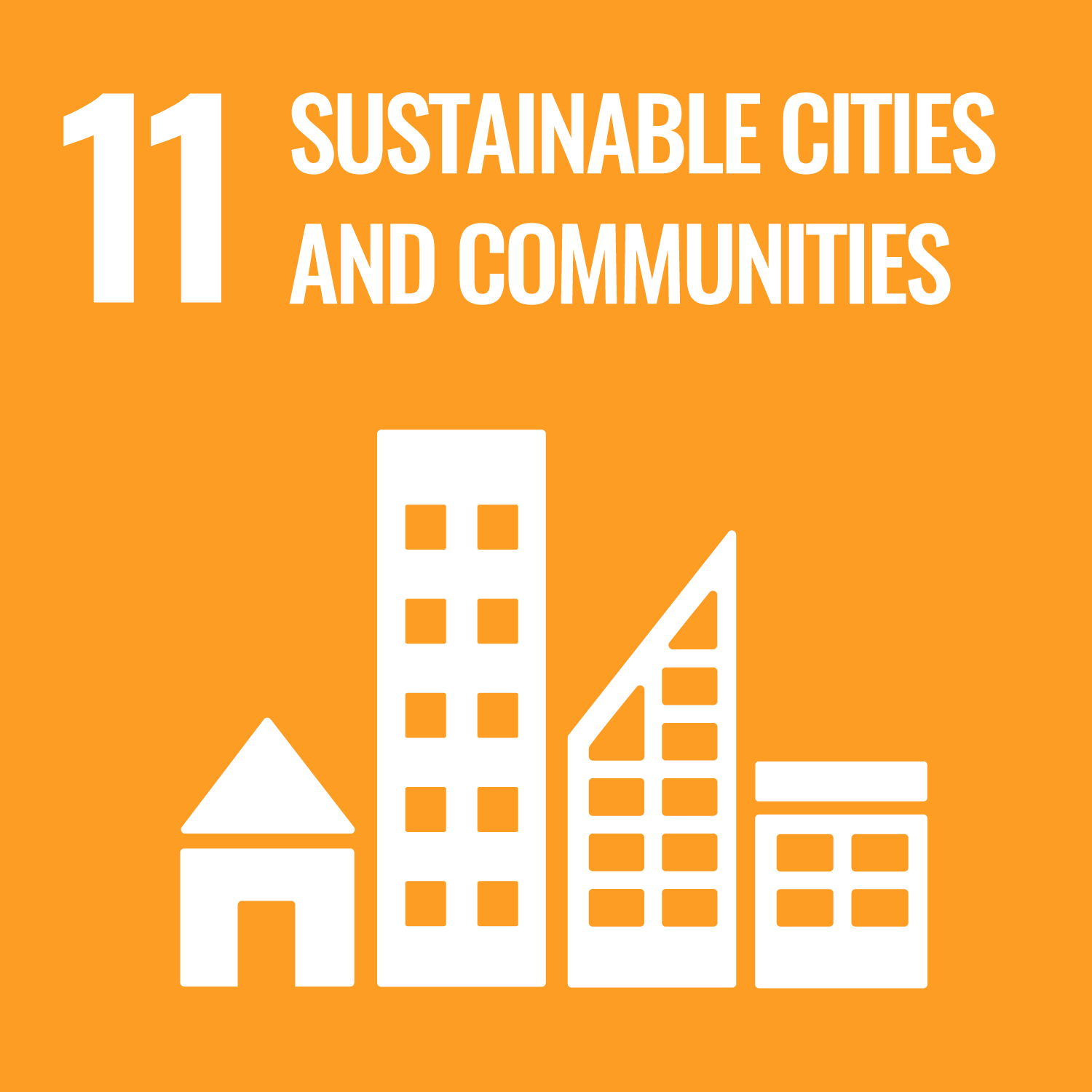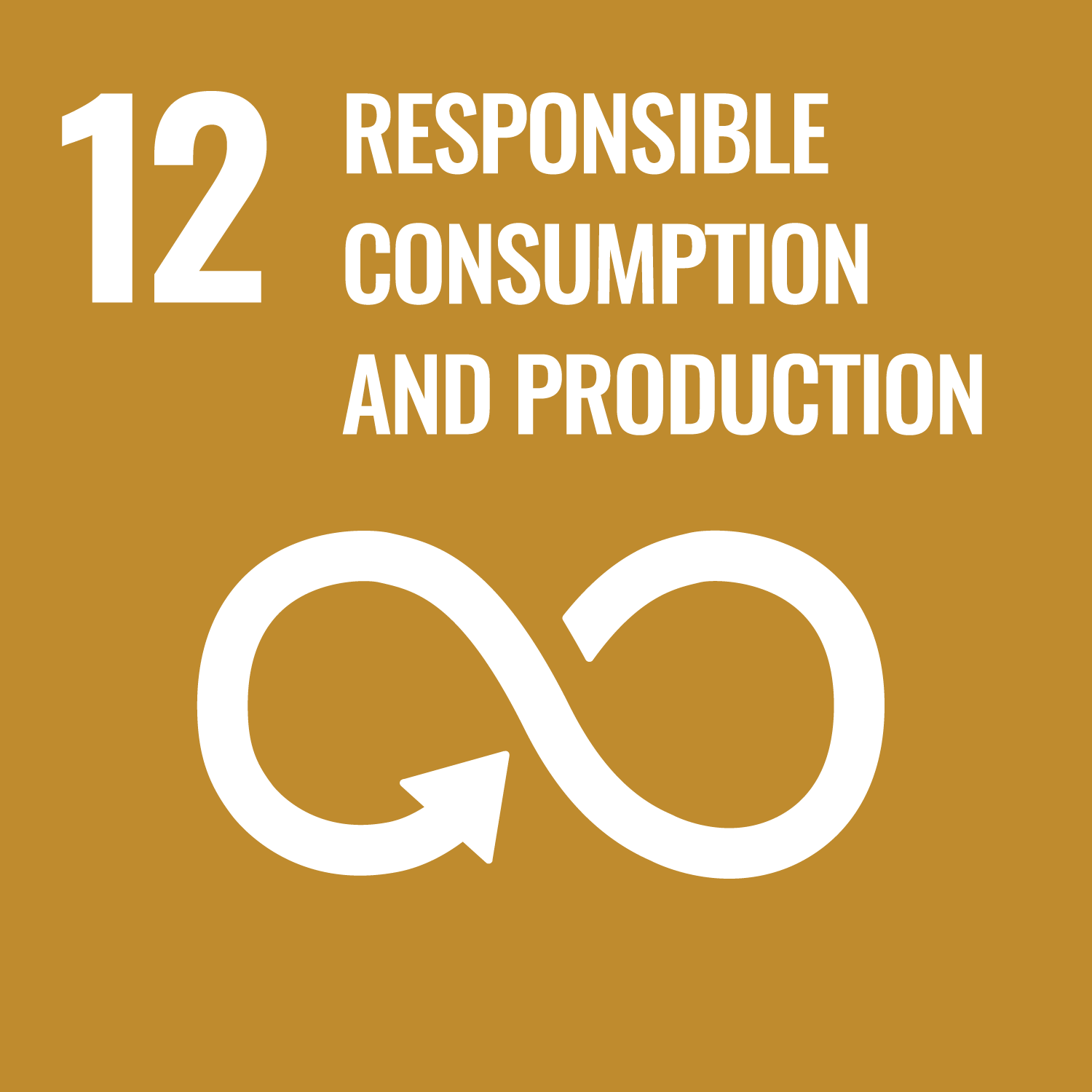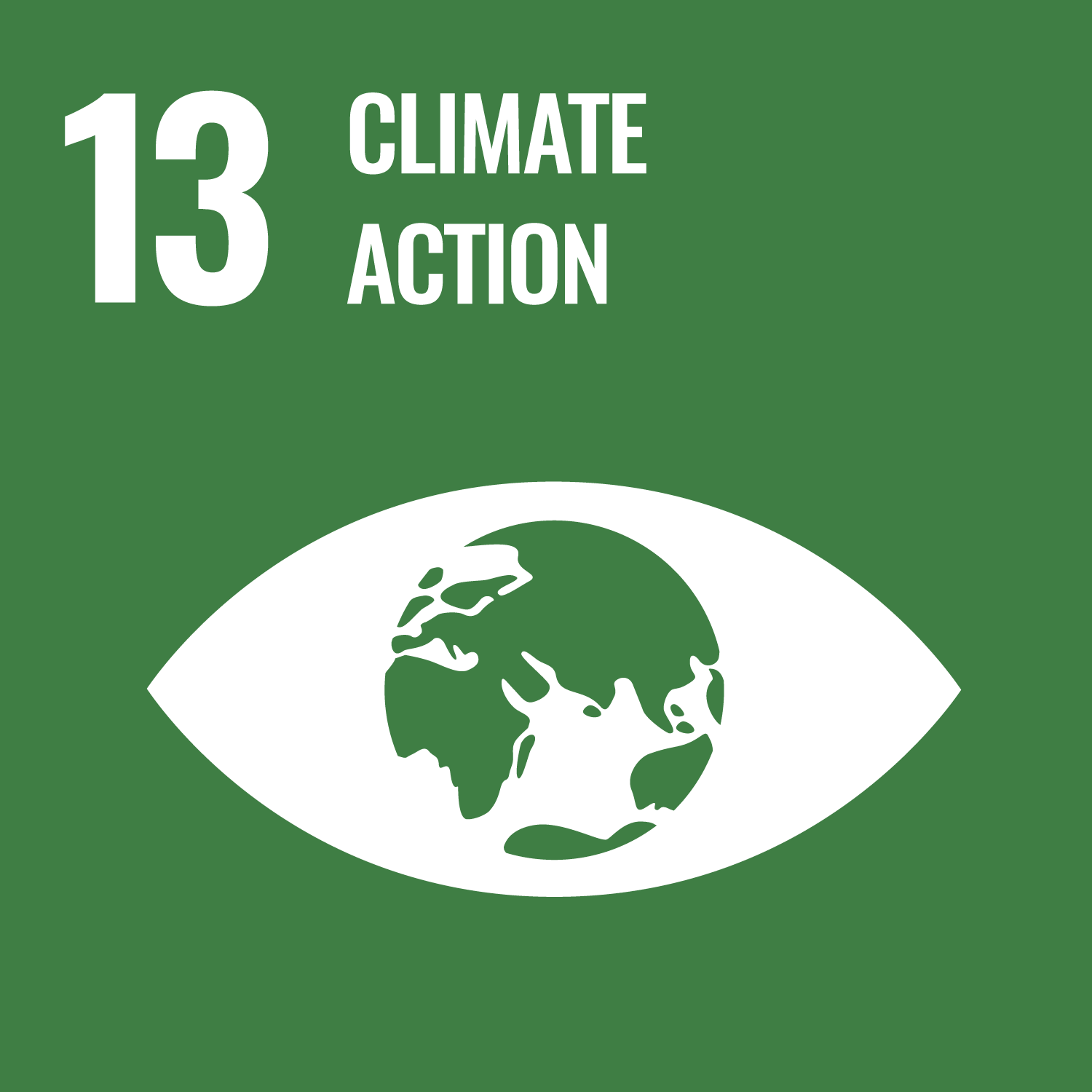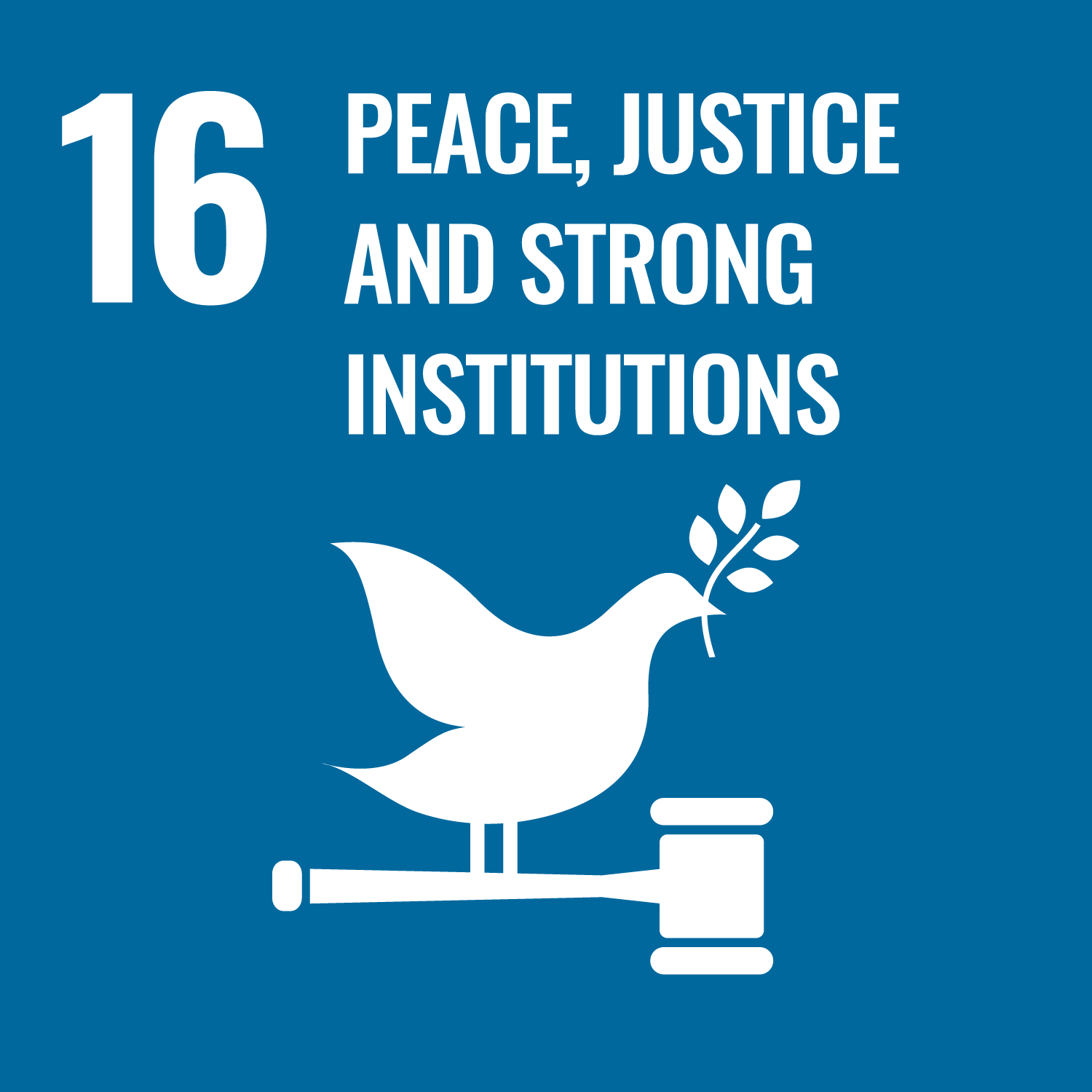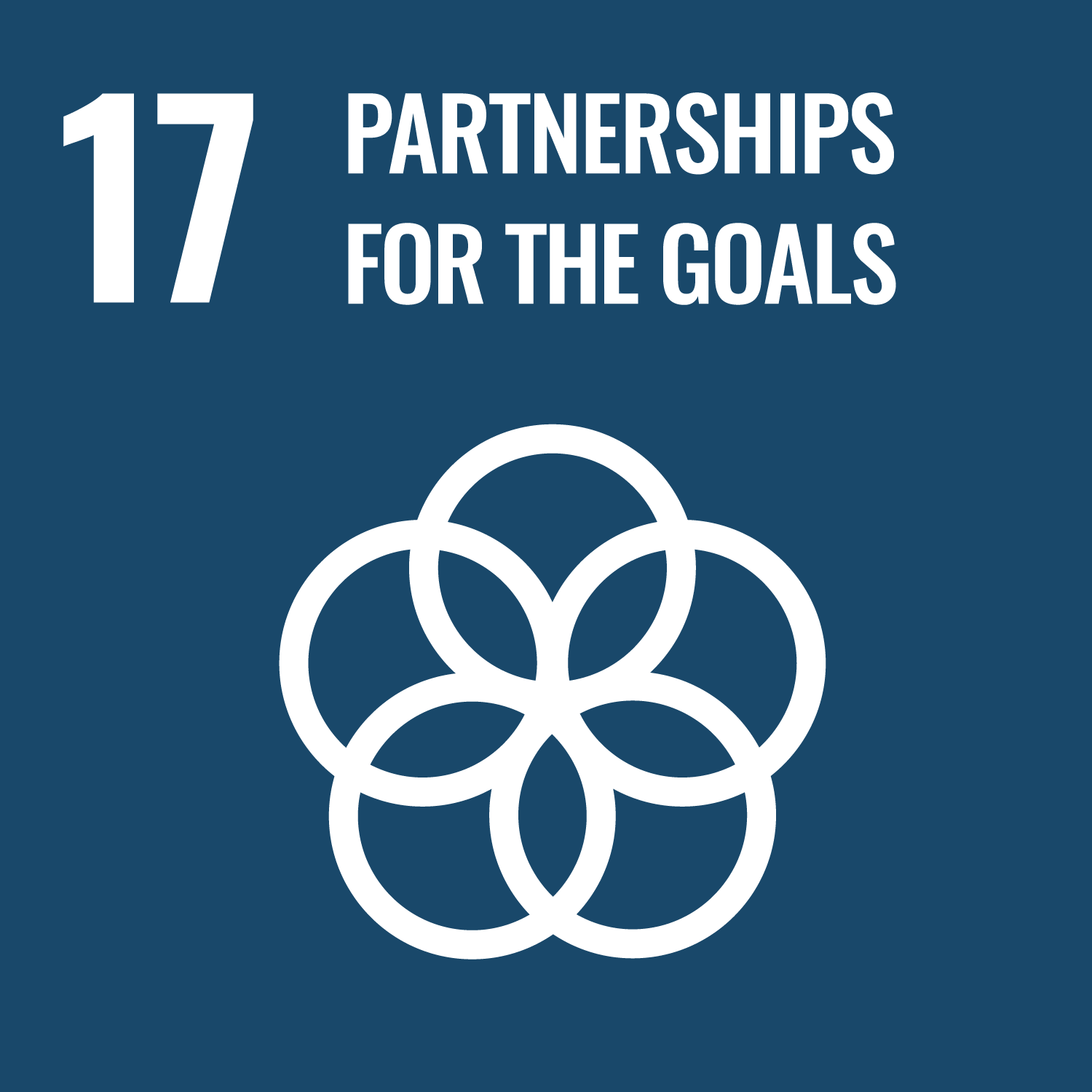Human rights and the new(ish) digital paradigm
To call the internet and its accompanied increase in computing capabilities a ‘new’ phenomenon would be something of a misnomer – the internet has been in development since the 1960s, and became publically available in August 1991. However, the globalisation of communications, associated erosion in state borders and dizzying acceleration of technological advancement over the past two decades have fundamentally changed the citizen-state relationship, introducing new actors, new platforms, new opportunities and new threats.
Whilst it is beyond the scope of the chapter to define this new(ish) digital paradigm, several characteristics are highlighted. First, the weakening of the nation state both as a concept and as a geographical entity with borders that can be protected physically. Second, the ascendance of new global actors that dwarf nation states in budget, reach and technological know-how. Third, the creation of a globalised communications infrastructure (the internet!) that is multi-channel and subject to rapid flux. Fourth, the exponential increase in computing capabilities, which opens up new possibilities for data capture and analysis- from big data to social network analysis. As noted by Kaku ‘Today, your cell phone has more computer power than all of NASA back in 1969, when it placed two astronauts on the moon’ (2011, 21). This (thoroughly incomplete) chapter is intended to stimulate further thought and debate with regards to applying this new(ish) digital paradigm to our understanding of human rights and the ways in which human rights defe
| Item Type | Book Section |
|---|---|
| Additional Information | To celebrate the 20th anniversary of the MA in Understanding and Securing Human Rights offered at the School of Advanced Study, University of London, we are pleased to publish a commemorative edited volume on human rights themes authored by distinguished alumni and faculty. |
| Keywords | human rights, refugee protection, women’s human rights, tax justice, business and human rights, poetry, rights in the digital age |
| Subjects | Human Rights & Development Studies |
| Divisions |
Human Rights Consortium Institute of Commonwealth Studies |
| Date Deposited | 27 Jan 2016 10:55 |
| Last Modified | 06 Aug 2024 04:33 |
